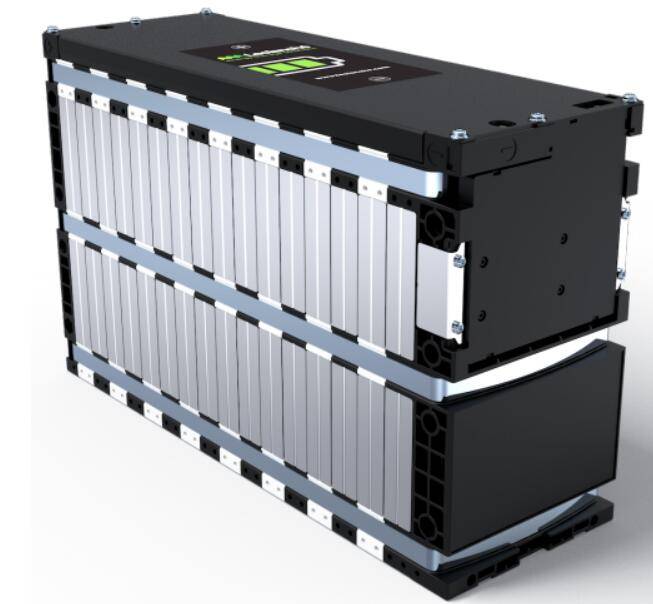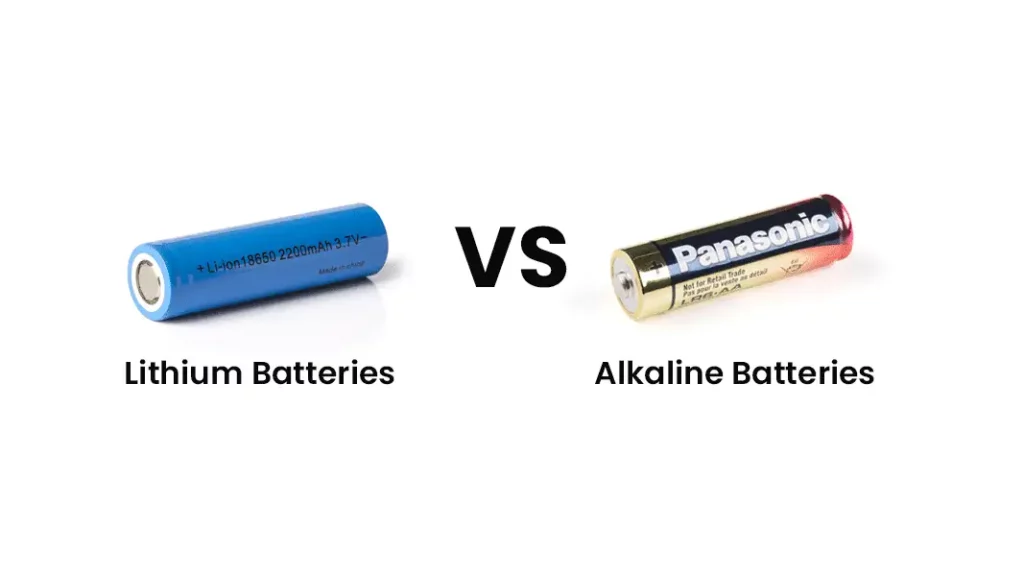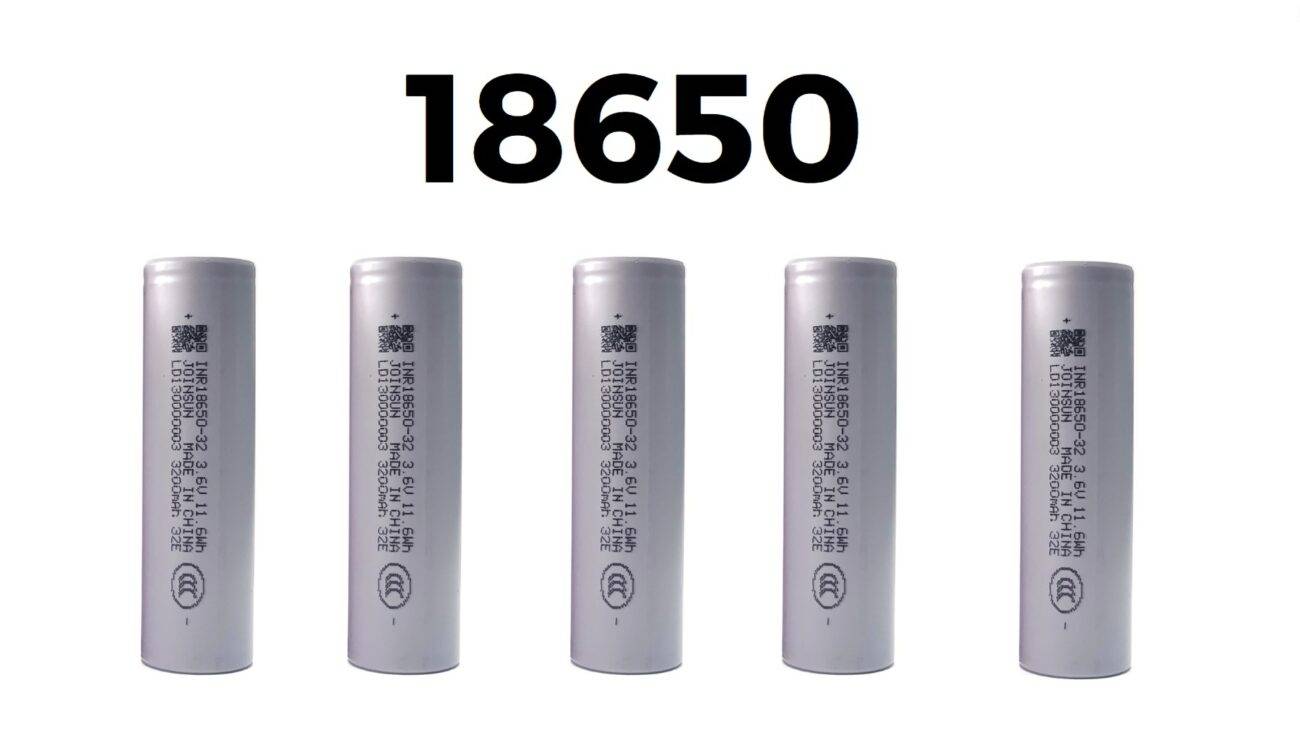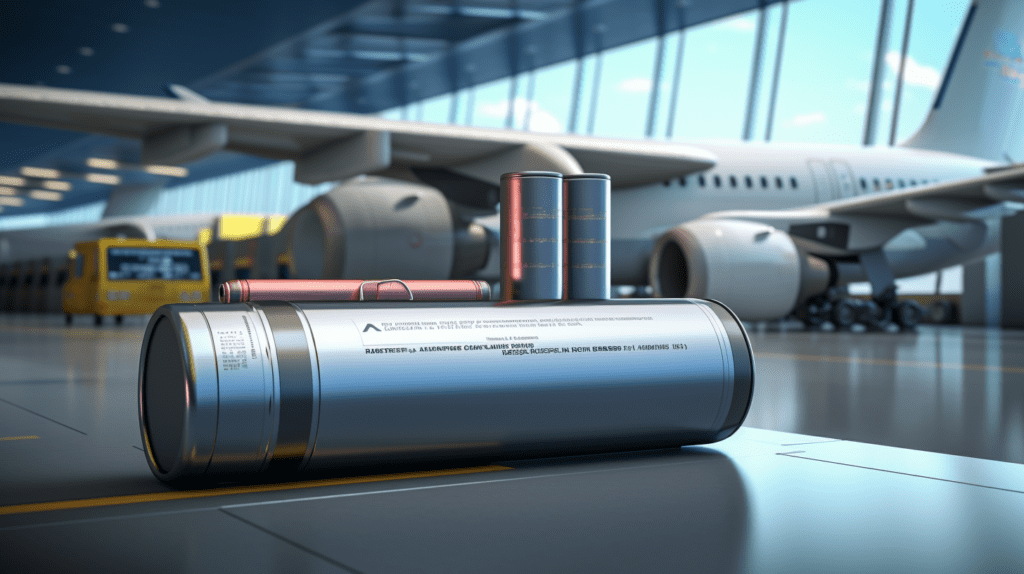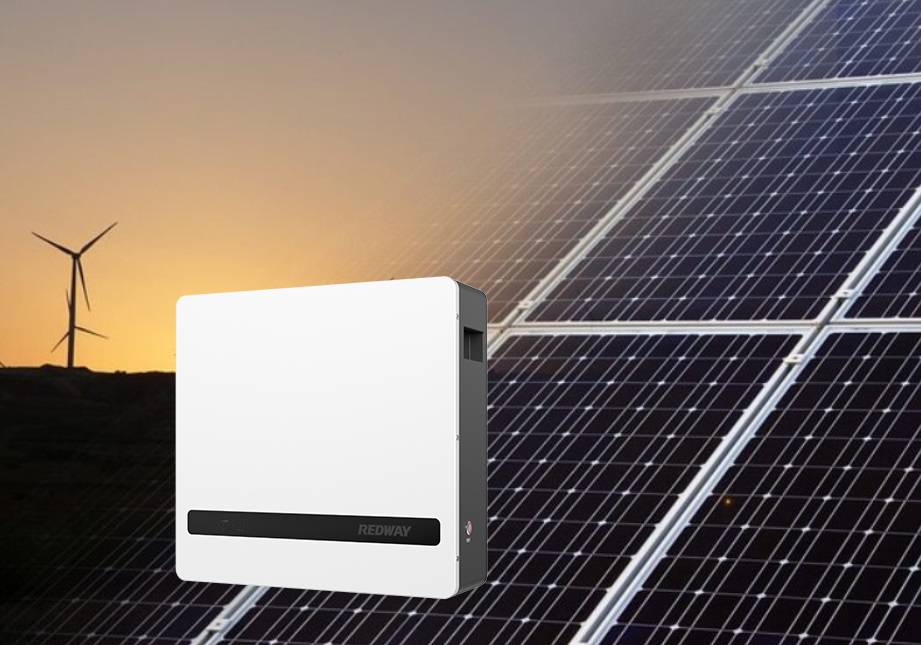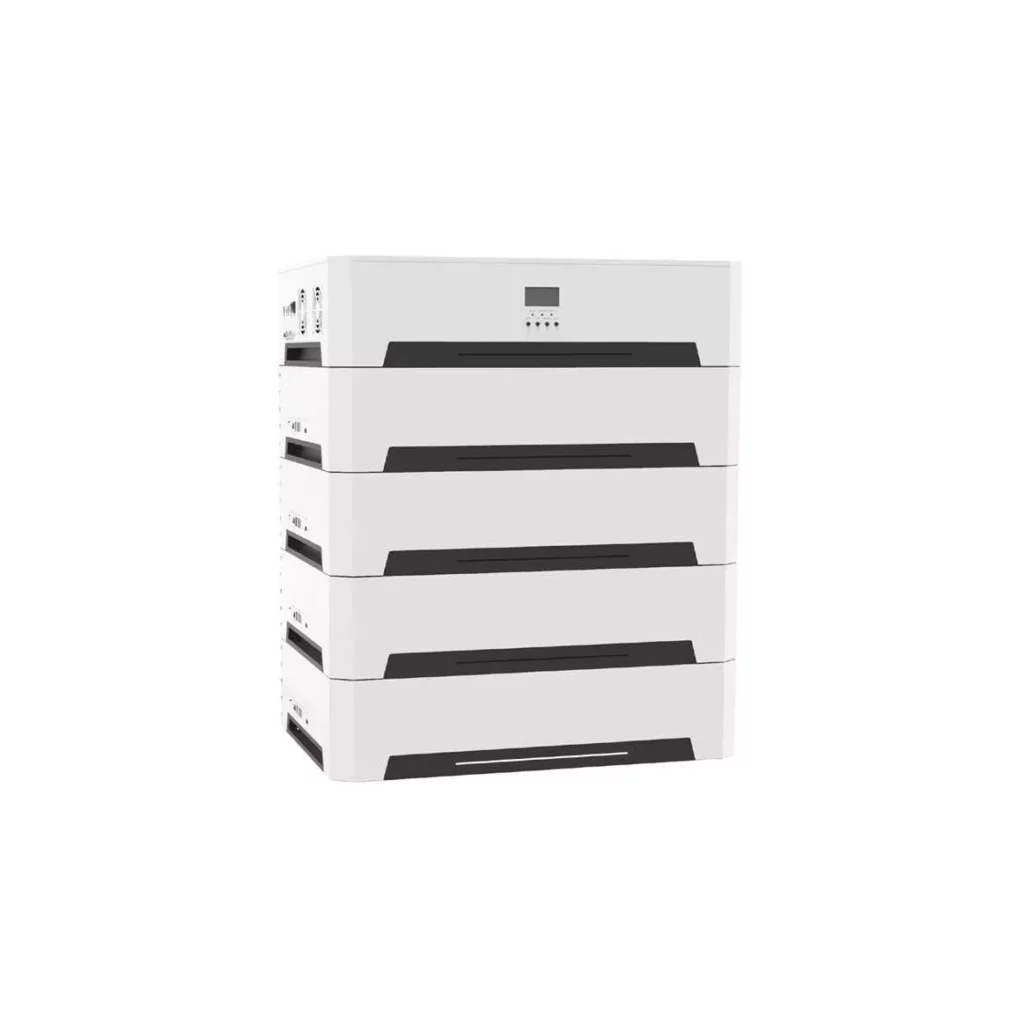In recent years, lithium metal batteries have emerged as a groundbreaking technology that promises to revolutionize the energy landscape. With their high energy density, long cycle life, and environmental benefits, these batteries are poised to play a pivotal role in various applications, from electric vehicles to renewable energy storage. In this article, we will delve into the intricate details of lithium metal batteries, their advantages, challenges, and the future they hold in the energy sector.
Understanding Lithium Metal Batteries
Lithium metal batteries utilize lithium metal as the anode material, which distinguishes them from traditional lithium-ion batteries that use graphite. This fundamental difference allows lithium metal batteries to achieve significantly higher energy densities—potentially doubling that of conventional lithium-ion technologies.
Key Components of Lithium Metal Batteries
- Anode: The anode is made of lithium metal, which offers a higher capacity for storing charge compared to graphite.
- Cathode: Typically composed of lithium compounds such as lithium cobalt oxide or lithium iron phosphate.
- Electrolyte: A crucial component that facilitates ion movement between the anode and cathode. Solid electrolytes are gaining traction due to their safety and stability advantages.
- Separator: Prevents direct contact between the anode and cathode while allowing ionic transport.
Advantages of Lithium Metal Batteries
1. High Energy Density
Lithium metal batteries can achieve energy densities exceeding 300 Wh/kg, making them ideal for applications requiring lightweight and compact power sources. This characteristic is particularly beneficial for electric vehicles (EVs), where every kilogram counts towards performance and efficiency.
2. Extended Cycle Life
These batteries exhibit superior cycle stability compared to traditional lithium-ion counterparts. With advancements in electrolyte formulations and battery management systems, manufacturers can enhance the longevity of lithium metal batteries, making them more cost-effective over time.
3. Fast Charging Capabilities
Lithium metal batteries can support rapid charging without significant degradation in performance. This capability is essential for consumer electronics and EVs, where quick turnaround times are increasingly demanded.
4. Environmental Impact
Lithium metal batteries have a lower environmental footprint compared to other battery technologies. The potential for recycling and reduced reliance on harmful materials aligns with global sustainability goals.
Challenges Facing Lithium Metal Batteries
Despite their promising attributes, lithium metal batteries face several challenges that must be addressed for widespread adoption:
1. Dendrite Formation
One of the most significant issues is dendrite formation during charging cycles. These needle-like structures can penetrate the separator, leading to short circuits and safety hazards. Researchers are actively exploring advanced electrolytes and battery designs to mitigate this risk.
2. Cost Considerations
While lithium metal batteries offer numerous advantages, their production costs remain higher than traditional lithium-ion batteries. Economies of scale and technological advancements will be crucial in reducing these costs.
3. Limited Commercialization
Currently, the commercialization of lithium metal batteries is limited, with only a few manufacturers producing them at scale. As demand grows, investments in research and development will be vital for overcoming existing barriers.
Applications of Lithium Metal Batteries
1. Electric Vehicles (EVs)
The automotive industry stands to benefit immensely from lithium metal battery technology. With their high energy density and fast charging capabilities, these batteries can extend the range of EVs while reducing charging times—a critical factor for consumer adoption.
2. Renewable Energy Storage
As the world shifts towards renewable energy sources like solar and wind power, efficient energy storage solutions become essential. Lithium metal batteries can store excess energy generated during peak production times for use during periods of low generation.
3. Consumer Electronics
From smartphones to laptops, consumer electronics are increasingly demanding more efficient power sources. Lithium metal batteries can provide longer-lasting power with shorter charging times, enhancing user experience across various devices.
Future Prospects of Lithium Metal Batteries
The future of lithium metal batteries looks bright as research continues to address current challenges:
- Innovative Materials: Ongoing research into solid-state electrolytes may eliminate dendrite formation while improving safety.
- Manufacturing Advancements: New production techniques could lower costs significantly, making these batteries more accessible.
- Market Growth: As industries recognize the benefits of lithium metal technology, demand is expected to surge, driving further innovation.
Data Chart: Comparison of Battery Technologies
| Feature | Lithium-Ion Batteries | Lithium Metal Batteries |
|---|---|---|
| Energy Density (Wh/kg) | Up to 250 | Up to 300+ |
| Cycle Life | 500-1500 cycles | 2000+ cycles |
| Charging Time | 1-2 hours | 30 minutes |
| Environmental Impact | Moderate | Low |
FAQs About Lithium Metal Batteries
Q1: Are lithium metal batteries safe?
A1: When designed with appropriate safety measures, such as improved separators and advanced electrolytes, lithium metal batteries can be safe for various applications.
Q2: How do I choose between lithium-ion and lithium metal batteries?
A2: Consider your specific application needs—if you require high energy density and fast charging capabilities, lithium metal may be the better choice despite its current cost implications.
Q3: What advancements are being made in lithium metal battery technology?
A3: Researchers are focusing on solid-state electrolytes and innovative manufacturing processes to enhance performance while addressing safety concerns.
Conclusion
Lithium metal batteries represent a significant leap forward in battery technology with their impressive energy density and efficiency potential. As we continue to innovate and address existing challenges, these batteries could become a cornerstone in our transition towards sustainable energy solutions for electric vehicles, renewable energy storage, and consumer electronics alike.


